Induction sealing machines (also called aluminum foil sealing machines) are essential in packaging for creating airtight, tamper-evident seals on capped containers. These machines generate an alternating magnetic field that heats a foil liner inside the cap. As the field induces currents in the foil, the heat melts its wax and adhesive layers, bonding the foil to the container’s rim. The process is fast, requires no direct contact, and suits automated production.
Modern induction sealers consist mainly of a high-frequency power supply (generator) and a sealing head (coil). Power levels range from about 0.5 kW (for small handheld units) up to several kilowatts (often 3–6 kW) for high-speed production. Larger power lets the foil be heated almost instantly as bottles pass by. However, higher power also means more waste heat. Keeping the coil and electronics at a stable temperature is therefore crucial. In practice, this means every sealer must have a cooling system (air or liquid) to remove heat and maintain performance.
How Induction Sealing Works
An induction sealing machine uses an electromagnetic coil to heat the foil cap liner without touching the container. When a container with a foil-lined cap passes under the energized coil, the magnetic field induces eddy currents in the foil. The foil heats up, melting the inner adhesive layer so it flows and bonds to the jar’s rim as it cools. Because induction heating is localized to the metal foil, the rest of the product remains cool and uncontaminated. This non-contact process is highly efficient and fast – induction sealers are commonly integrated into automatic lines where bottles move on a conveyor under the sealer head. Industries like food, beverage, cosmetics and pharmaceuticals widely use induction (electromagnetic) sealing for freshness and tamper evidence.
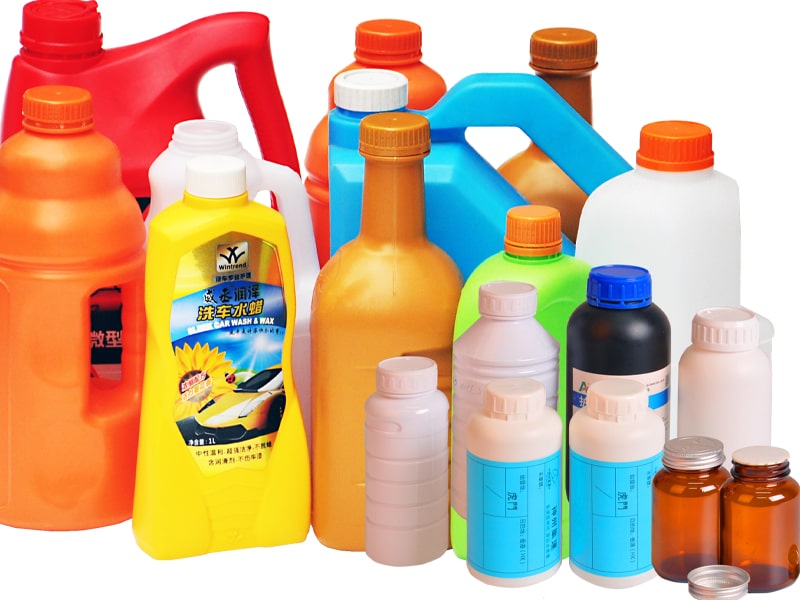
Why Cooling Matters
Running an induction sealer at high power inevitably generates a lot of heat in the coil and power electronics. If that heat is not removed, the sealer would overheat and have to throttle back or shut down for safety. Effective cooling (via fans or liquid) ensures the machine can continuously operate at its full rated speed. In fact, older induction units (from the 1960s) were so large that they required refrigerator-sized water-cooling systems. Only with modern power electronics did compact air-cooled designs become practical. Today, all induction sealers include cooling subsystems to dissipate heat. For example, some air-cooled models advertise 24/7 continuous operation thanks to efficient fan cooling. In short, without proper cooling, an induction sealing machine cannot run reliably at high throughput.
Water-Cooled Induction Sealing Machines
Water-cooled induction sealers use a circulating liquid (usually water or a water-glycol mix) to absorb heat. Chilled water is pumped through metal tubing embedded in the sealing head (and often wrapped around the power supply). The heat from the coil transfers to the water, which then flows out to a chiller or radiator to be cooled before returning. This closed-loop maintains the head at nearly a constant temperature, even under heavy loads. For example, a powerful water-cooled sealer might run at ~4000 W and seal up to 400 bottles per minute continuously. The manufacturer specifically notes the machine can operate 24 hours nonstop when water-cooled.
Because water removes heat very efficiently, water-cooled sealers excel in demanding conditions. They keep the head cool even on large or thick caps, ensuring uniform seal quality.
Advantages of water cooling:
- Superior cooling capacity: Liquid cooling carries away heat much faster than air. This lets the machine sustain higher power without overheating. It’s especially beneficial for large-diameter caps or multi-layer liners that generate lots of heat.
- Continuous high-power operation: Water-cooled systems are built for nonstop use. They can run at full output for extended periods (e.g. around-the-clock shifts) without thermal cutouts.
- Consistent seals: By holding the head temperature steady, water cooling helps ensure each seal in a long run is identical, improving product consistency.
Disadvantages of water cooling:
- Complex setup: These machines require extra equipment – a chiller unit, pump, hoses, valves, and possibly a reservoir. This increases the initial cost and takes up more space. Installation is more involved.
- More maintenance: The coolant loop needs regular attention. Water can corrode or form scale in tubes, so filters or additives are often used. Pumps and heat exchangers require periodic servicing. Neglecting maintenance can lead to reduced cooling efficiency or failures.
- Leak risk: Plumbing introduces potential failure points. A burst hose or fitting could spill water onto electrical components. To mitigate this, many machines include safety sensors (e.g. auto-stop on low flow or high temperature), but the risk of leaks remains.
- Higher operating cost: Running a chiller and pump consumes extra electricity. In practical terms, older water-cooled systems showed much higher energy consumption (and utility bills) than comparable air-cooled systems.
Water-cooled sealers are best for the most demanding sealing jobs. They provide rugged performance for very high-speed or heavy-duty applications, where their extra cooling power keeps the line running smoothly.
Air-Cooled Induction Sealing Machines
Air-cooled induction sealers use forced air (fans or blowers) to dissipate heat. These machines have high-speed fans directed at the coil and electronics, often with heatsinks to increase surface area. Modern air-cooled designs are quite efficient. There is no plumbing at all – only an electrical hookup and some space for airflow.
Advantages of air cooling:
- Simplicity and lower cost: No chillers or pumps are needed, so air-cooled machines are cheaper to purchase and easier to install. This simplicity also means lower capital costs on support infrastructure.
- Minimal maintenance: With no liquid loop, routine maintenance is mostly limited to cleaning filters and checking fans. There’s no risk of coolant leaks or pump failures. Many air-cooled sealers are touted as essentially “maintenance-free” compared to their water-cooled counterparts.
- Compact footprint: Without a separate chiller unit, the entire machine can sit on a small stand. This saves floor space in the plant.
- Energy efficiency: Air-cooled systems generally use less electricity during operation, since they don’t power a water pump or refrigeration. Modern air-cooled units consume significantly less power than water-cooled ones, reducing utility costs.
Disadvantages of air cooling:
- Cooling limits: Fans can only remove so much heat. If the line truly pushes the sealer to its limits (extremely fast speed or very heavy lids), an air-cooled unit may overheat. Water cooling can handle more extreme loads.
- Noise and cleanliness: High-speed fans make noise and draw in ambient air. The sealer should be in a relatively clean, climate-controlled environment, or equipped with filters, to avoid dust buildup on coils.
- Size trade-off: To match water cooling at the highest power, an air-cooled head may need extra fans or larger heatsinks, which could make it bulkier. However, many modern air-cooled units remain quite compact for typical uses.
Air-cooled machines have become the norm for many packaging lines. They meet the needs of most small and medium operations and have largely replaced older water-cooled units for standard throughput levels. Their ease of use and lower cost make them very attractive unless the application truly demands the extra cooling of a water system.
Key Comparison
- Production Speed: Air-cooled sealers can handle very fast lines (often 100+ bottles/min on typical containers). For extremely high-speed or large-format lines, water-cooled units provide extra thermal headroom. Industry sources generally characterize air-cooled for “low to medium” volumes and water-cooled for “high-volume production”.
- Material Thickness: Thick or multi-layer foil liners absorb more heat. Water-cooled sealers excel at dissipating that heat, maintaining consistent sealing of thicker materials. Air-cooled machines work well on standard or thin liners but may struggle with unusually thick foils.
- Installation & Space: Air-cooled sealers only need power and clearance for airflow. Water-cooled machines require a chiller or water source/drain, which adds equipment and footprint. If floor space is limited or chilled water isn’t readily available, air-cooled is easier to accommodate.
- Maintenance: Air-cooled units require minimal upkeep (clean fans/filters). Water-cooled systems demand ongoing coolant management (filter changes, pump upkeep) and leak checks. If maintenance resources are limited, air-cooled machines reduce the workload.
- Operating Cost: Air-cooled machines generally use less energy over time (no pump/chiller running). Water-cooled machines draw extra power for their cooling system, raising utility costs.
- Reliability: Both systems can be very reliable if maintained. Air-cooled avoids any leak-related downtime. Water-cooled can run continuously as long as the coolant loop is intact. Modern units in both categories often include safety features (like auto-shutdown on overheat or water loss) to protect the equipment.
| Feature | Water‑Cooled Sealing Machine | Air‑Cooled Sealing Machine |
|---|---|---|
| Cooling Method | Closed‑loop liquid circulation (water or water‑glycol mix) | Forced air cooling (fans + heatsinks) |
| Heat Dissipation Efficiency | Very high—ideal for high‑power, continuous operation | Good—suitable for low‑ to mid‑volume, standard speeds |
| Continuous Operation | 24/7 full‑load operation guaranteed | Continuous, but may require pauses under extreme loads |
| Installation Complexity | Requires chiller, pump, plumbing; more space & higher cost | Simple power hookup & clearance for airflow; minimal setup |
| Maintenance Requirements | Regular coolant quality checks, filter changes, pump upkeep | Periodic fan/filter cleaning only |
| Leak Risk | Potential coolant leaks—needs flow/temp sensors & safeguards | No liquid system—zero leak risk |
| Energy Consumption | Additional power for chiller & pump; higher operating cost | Fan‑only cooling; generally lower energy use |
| Footprint | Extra chiller or external cooling equipment adds floor space | Compact, self‑contained unit requires minimal plant space |
| Noise Level | Generally low (main noise from external chiller) | Fan noise can be noticeable |
| Suitable Throughput | Ultra‑high (>300–400 bottles/min) | Low to mid (typically 50–200 bottles/min) |
| Foil Thickness Compatibility | Best for large‑diameter or multi‑layer/heavy liners | Ideal for standard‑thickness liners |
| Typical Applications | High‑speed, heavy‑duty production lines | Small/medium lines, space‑ or budget‑constrained setups |
| Safety Features | Auto‑shutdown on low flow or high temp | Auto‑stop on fan failure or overheating |
Factors to Consider
- Line Throughput: How many containers per minute? For moderate speeds, a quality air-cooled sealer is usually sufficient. For extremely high speeds, consider water cooling.
- Cap Size and Liner: Are you sealing small jars or large bottles with thick foil liners? Larger, heavier caps favor water-cooled heads.
- Budget & Space: Air-cooled units cost less and take up less space. If budget or floor area is a concern, air cooling is advantageous.
- Utilities: Do you have a chilled water source or room for a chiller unit? If not, air-cooled avoids that requirement.
- Maintenance Resources: If you prefer a truly plug-and-play solution with minimal upkeep, air-cooled machines are simpler to service.
- Future Growth: If you plan to scale up throughput, starting with a water-cooled system can provide extra capacity. Otherwise, an air-cooled machine often meets current needs easily.
Conclusion
Water-cooled and air-cooled aluminum foil sealing machines both achieve the same outcome – a secure induction heat seal – but they manage heat differently. Water-cooled sealers use a liquid loop to remove heat efficiently, enabling continuous, heavy-duty operation and very stable temperatures. Air-cooled sealers rely on fans and heatsinks for a simpler, compact solution, which works for most standard packaging applications. The industry trend has shifted toward compact air-cooled systems for typical use, reserving water-cooled units for the highest-demand lines.
Ultimately, the right choice depends on your specific needs. For routine production with moderate speed, an air-cooled induction sealer delivers reliable seals at lower cost and maintenance. If your operation requires max speed or very thick foils, a water-cooled sealer provides the extra thermal capacity to ensure consistent sealing under load. Understanding these differences lets packaging engineers select the optimal induction sealing machine for their production line.
Key Takeaways:
- Air-cooled induction sealers are compact, low-maintenance, and energy-efficient, ideal for most packaging lines.
- Water-cooled sealers excel in heavy-duty, continuous high-speed environments, offering maximum cooling capacity.
- Choose based on throughput and material: smaller or standard-volume lines typically use air-cooled units, while ultra-fast or heavy-foil lines may require water cooling.
Frequently Asked Questions (FAQ) About Aluminum Foil Sealing Machines
1. What is an induction sealing machine (aluminum foil sealing machine)?
An induction sealing machine is a packaging device that uses electromagnetic induction to heat and seal an aluminum foil liner inside a cap, creating an airtight and tamper-evident closure on bottles or jars. The process is non-contact, fast, and ideal for food, beverage, pharmaceutical, and cosmetic products.
2. How does an electromagnetic induction aluminum foil sealing machine work?
The sealing head generates a high-frequency magnetic field. This induces currents in the conductive foil liner, heating it so the wax and adhesive layers melt and bond the foil to the container rim. Once cooled, it forms a hermetic seal.
3. What is the difference between water-cooled and air-cooled sealing machines?
Water-cooled:
Uses a liquid loop (water/glycol) via chiller + pump. Offers higher heat capacity, continuous 24/7 operation, and consistent sealing—even on thick foils—but requires complex installation and more maintenance.
Air-cooled:
Uses fans and heatsinks to disperse heat. Simpler, compact, and lower cost with minimal maintenance. Ideal for standard-duty operations, though not suitable for extreme high-speed or thick-foil sealing.
4. Which sealing machine is more maintenance-intensive?
Water-cooled units require regular coolant checks, filters, and pump upkeep, and risk leaks. Air-cooled machines only need periodic cleaning of fans and filters with virtually no leak risk.
5. Which type consumes more energy overall?
Water-cooled systems use more electricity due to chillers and pumps, raising long-term energy costs. Air-cooled machines are more energy-efficient, relying solely on fan cooling.
6. Which cooling type is better for high-production lines?
For high-speed lines (>300–400 bottles/min) or sealing large/thick aluminum liners, water-cooled is the better choice. For moderate volumes (50–200 bottles/min), air-cooled is usually sufficient.
7. Are air-cooled sealers reliable?
Despite eliminating liquid systems, modern air-cooled sealers are dependable, compact, and often maintenance-free. They've largely replaced older water-cooled units in typical production environments.
8. Do cooling systems have built-in safety features?
Yes. Water-cooled machines often include flow and temperature sensors that auto-stop on issues. Air-cooled units similarly shut down if fan failure or overheating is detected.
9. Which is more cost-effective in terms of setup and maintenance?
Air-cooled units have lower upfront costs, ease of installation, and less maintenance. Water-cooled machines require chiller setup and ongoing upkeep, adding to total cost of ownership.
10. How do I choose the right type for my packaging line?
Evaluate:
● Throughput needs: high-speed = water-cooled.
● Foil thickness: thicker liners favor water cooling.
● Budget & space: air-cooled is simpler and more compact.
● Maintenance capability: air-cooled demands less.
● Future growth: for scalability, water-cooled may be a safer choice.
Both types deliver excellent seals when properly matched to operational requirements.
| References: | |
| 1. | Wikipedia – Induction Sealing |
| 2. | The Difference Between Air‑cooled and Water‑cooled Induction Heating ——Retrieved from:Hitfar |
| 3. | Thermal management analyses of induction motor through the combination of air-cooling and an integrated water-cooling system (Madhavan et al., 2023)——Retrieved from:Scientific Reports |


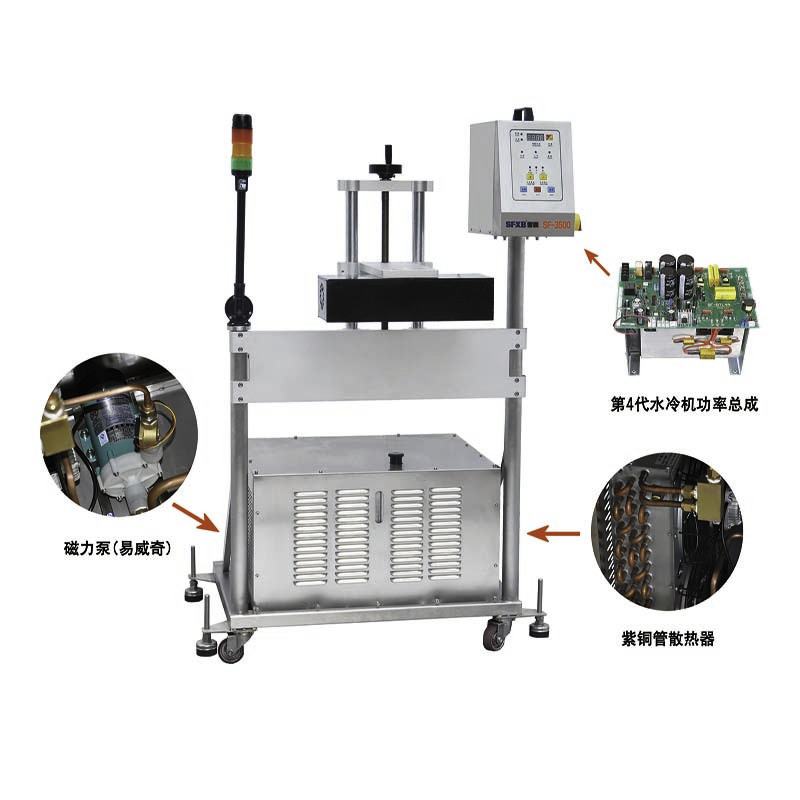
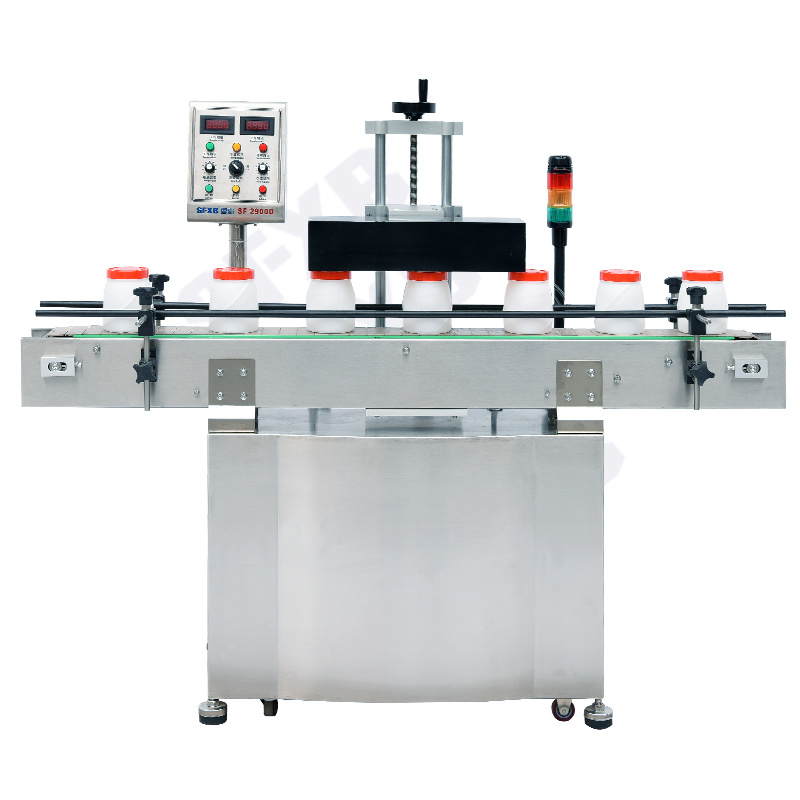
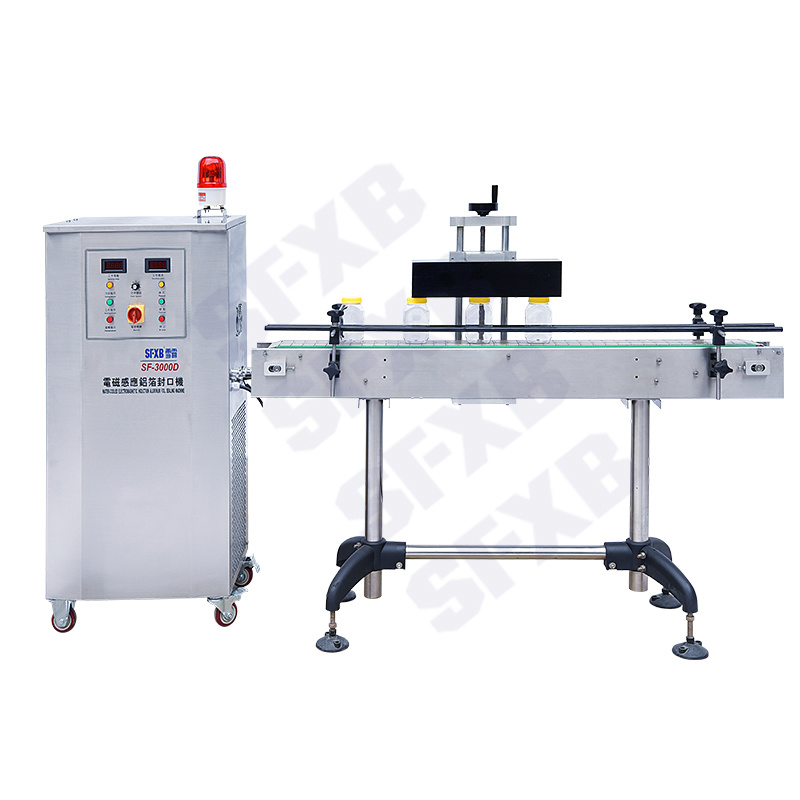
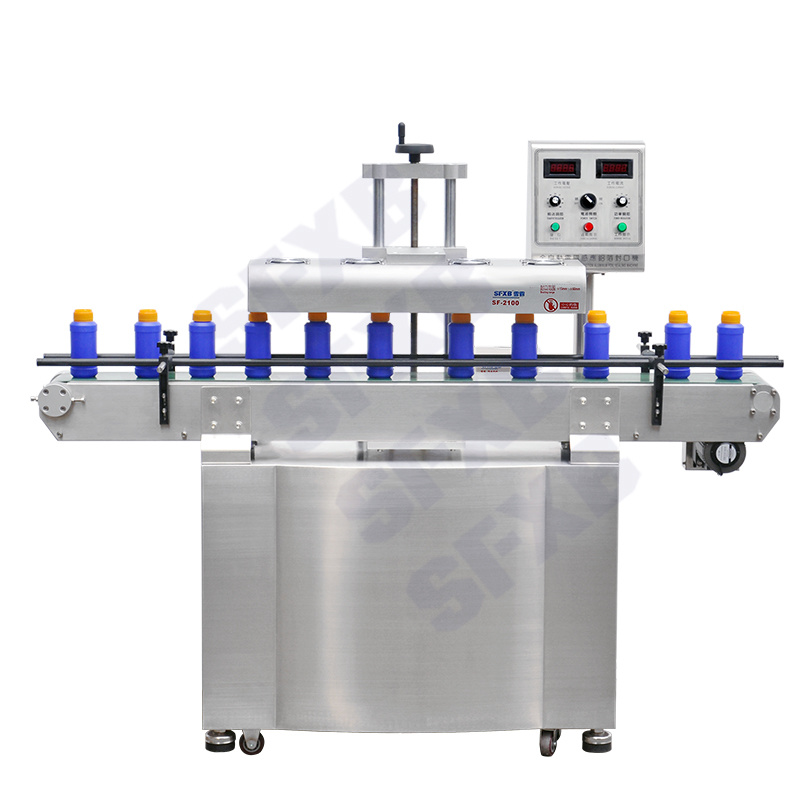
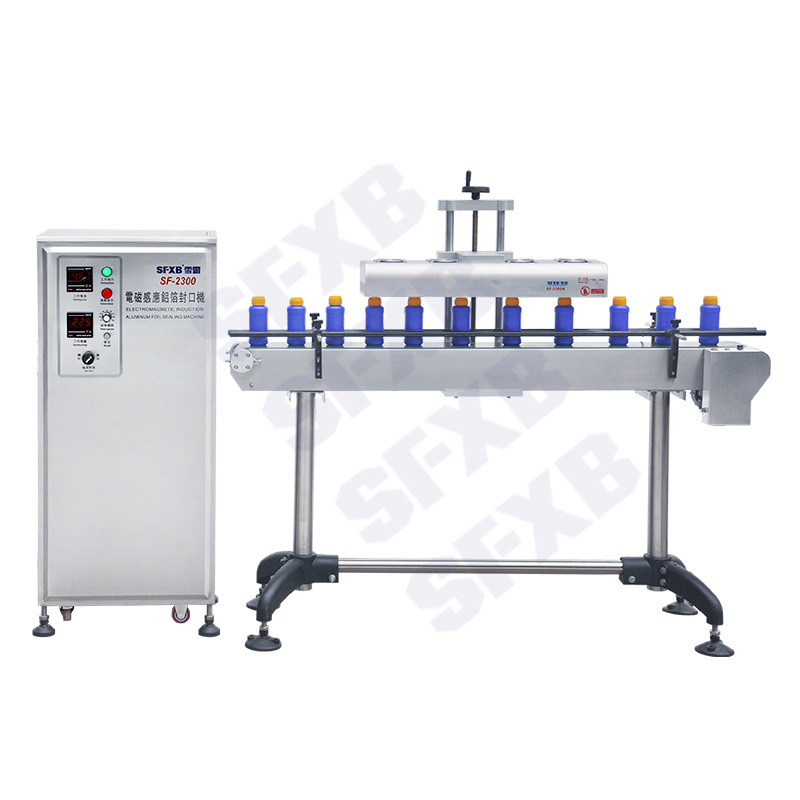
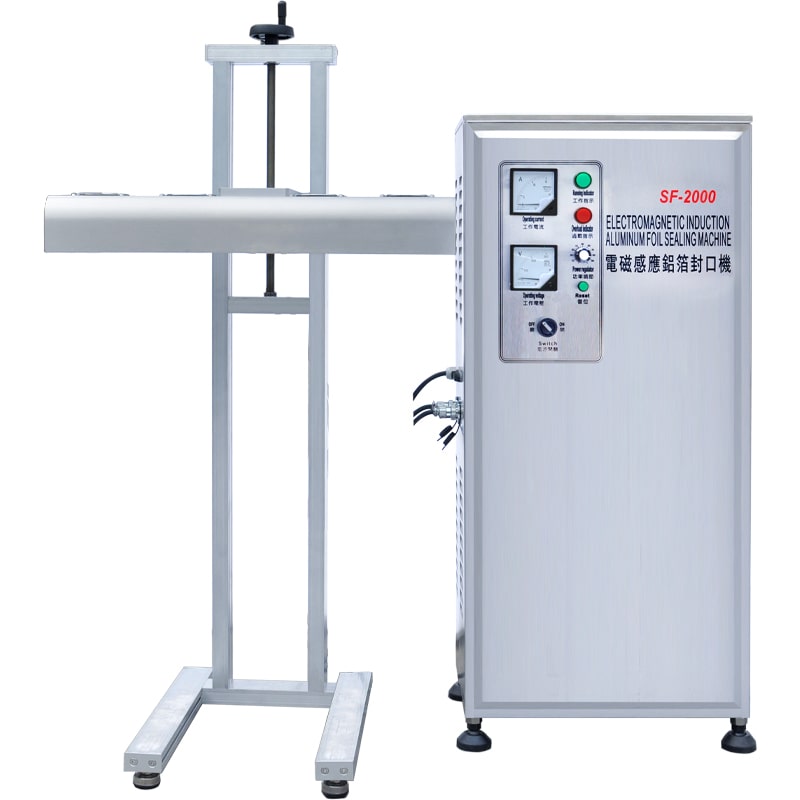
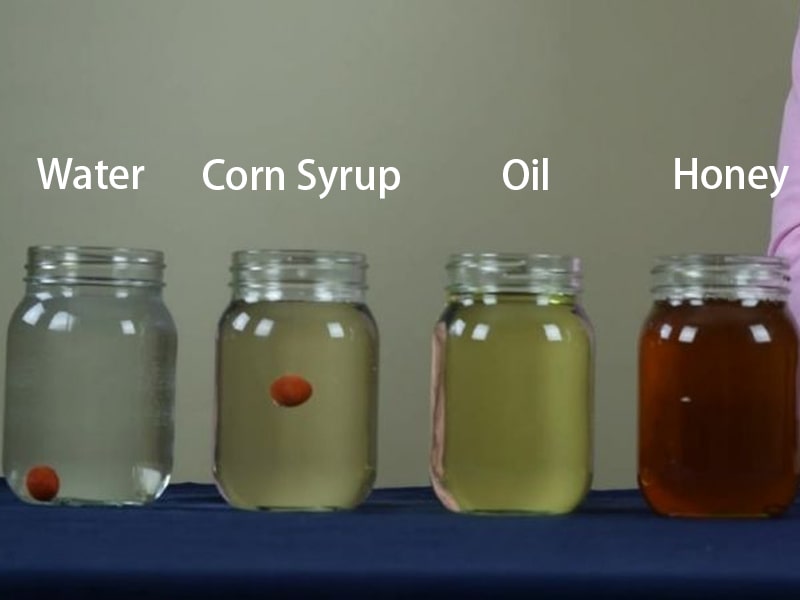
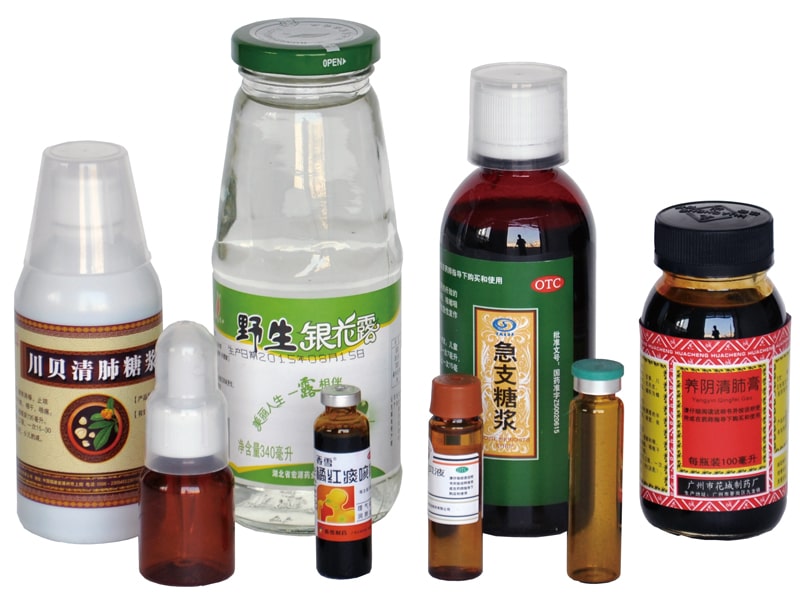


Comments